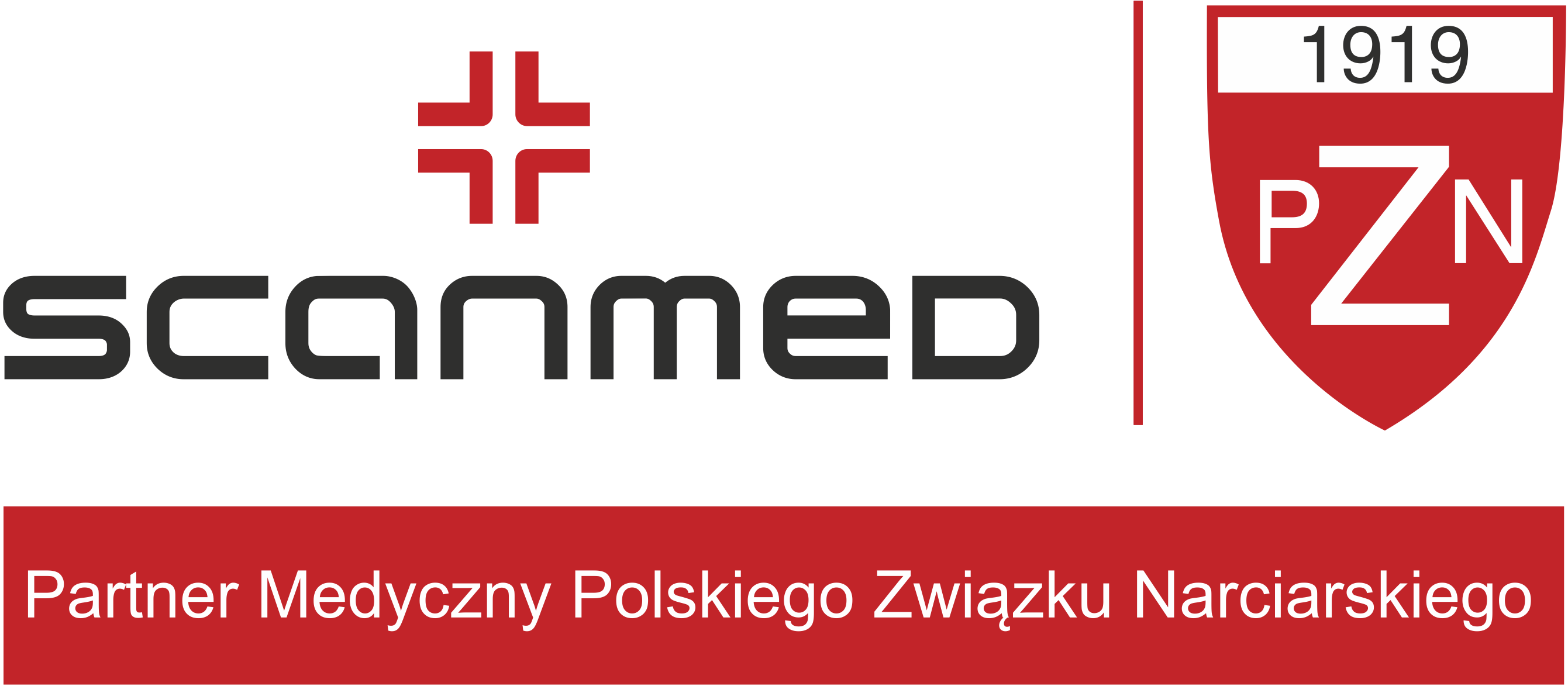The quick, effective and, most importantly, minimally invasive method, without the risks associated with a classic surgical procedure, is explained by lek. Barbara Jagiełło-Bajer a specialist in neurosurgery and a doctor at the Clinical Department of Neurosurgery at St. Raphael’s Hospital in Kraków..
Who are these procedures for? What complaints indicate the need for a block? How to recognise a critical moment and when to see a doctor?
Lek. Barbara Jagiełło-Bajer: Intervertebral joint blocks are designed for anyone suffering from spinal pain. Usually, patients come forward when pharmacological and rehabilitation treatment is not effective enough. Meanwhile, intervertebral joint block can provide definite relief even with acute pain and speed up the recovery process, as well as enabling effective rehabilitation.
What is this procedure and how does it work?
An intervertebral joint block involves injecting the intervertebral joints with an anaesthetic combined with a steroid. The block is performed under ultrasound or X-ray guidance. The patient lies on their abdomen and, after disinfection, the drugs are administered into the intervertebral joint area under ultrasound or X-ray guidance.
What are the contraindications to performing the procedure?
Contraindications to the block include active inflammation, e.g. infection, allergy to the drugs used for the block, and taking anticoagulants – in which case the patient should be prepared in advance.
How to prepare for the procedure?
No special preparation is needed for the block, preparation only applies to patients taking anticoagulants or antiplatelet drugs, in which case each patient is individually prepared after consultation with the attending physician. It is also good if the block is not performed immediately after a meal.
Does the procedure hurt?
An intervertebral joint block involves inserting a needle into the intervertebral joint area; the prick itself may cause pain as with an injection. Usually, patients say they were more frightened than hurt. However, it must be taken into account that for some people with a low pain threshold the insertion of the needle may feel painful.
What is the effect of the procedure? Does the relief come immediately? How long does such treatment “last”?
In most cases, the patient feels relief immediately after the block, but sometimes the analgesic effect can take several days to appear. It is considered that if the analgesic effect after the block lasts for at least three months then the block is effective. There are patients who experience significant improvement after the block for up to six months, a year, or longer.
How long is the hospital stay? How long is one excluded from daily activities?
The block is performed on the same day the patient reports to the hospital and the patient can go home shortly afterwards. There is no need for sick leave after the procedure unless the patient’s condition requires it – this is decided on a case-by-case basis.
In what situations is such aid insufficient? When is another type of treatment such as surgery or a stimulator needed?
It is important to emphasise that intervertebral joint block is a diagnostic element of spinal pain and can bring us closer to the location of the pain source, enabling more effective therapy. In patients for whom the block did not bring the expected improvement, it is necessary to look for another cause of the pain, such as a herniated nucleus pulposus or degenerative changes that cause pressure on the nerve structures.
How to sign up for the procedure?
Blocks can be performed in the Clinical Department of Neurosurgery at St. Raphael’s Hospital in Kraków. They are performed either under the National Health Fund, in which case the patient reports to the Neurosurgery Clinic and obtains a referral to the hospital, or commercially (patient-funded) – in which case the patient makes an appointment for the procedure at the Commercial Services Division.

Lek. Barbara Jagiełło-Bajer is a graduate of the Medical University of Silesia in Katowice. She gained experience during nearly 20 years of working in the Department of Neurosurgery at the St. Luke’s Provincial Hospital in Tarnów. Her clinical work focuses mainly on spinal surgery and chronic pain treatment, including the implementation of stimulators. She is currently a specialist in neurosurgery at the Clinical Department of Neurosurgery at St. Raphael’s Hospital in Kraków.





